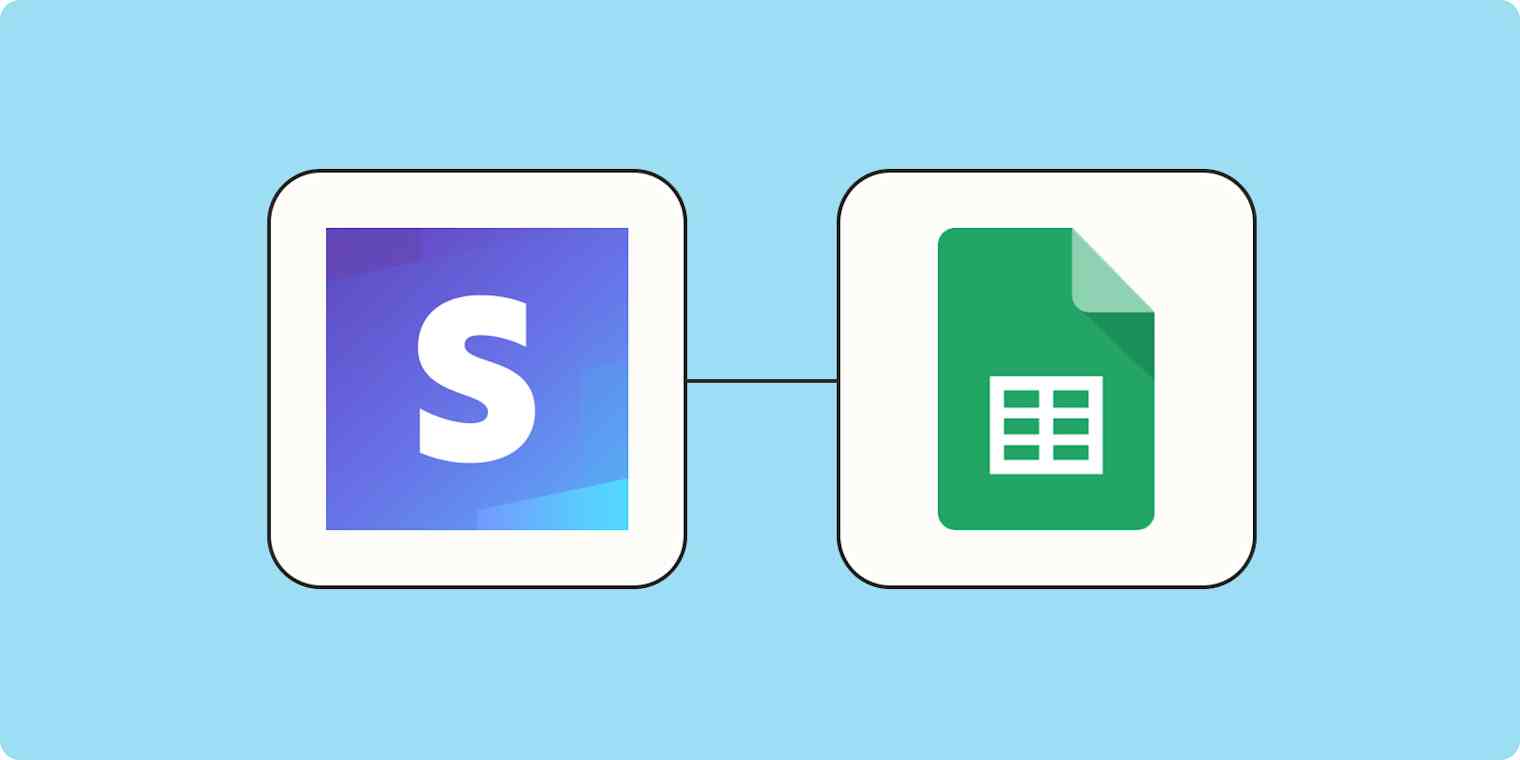Zapier tutorials
4 min readHow to add Stripe sales as new rows in Google Sheets
By Kaylee Moser · August 11, 2021

Get productivity tips delivered straight to your inbox
We’ll email you 1-3 times per week—and never share your information.
tags
mentioned apps
Related articles
Improve your productivity automatically. Use Zapier to get your apps working together.








